Adam Ryder: Perceived Reality
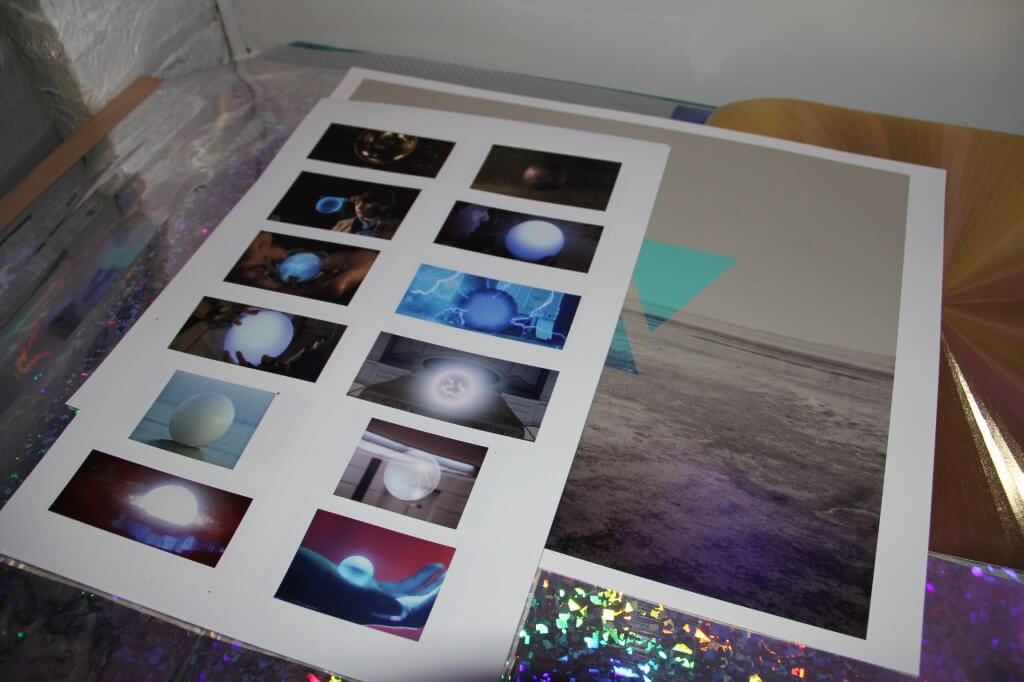
Adam Ryder is a photographer and visual artist whose works are currently featured at Uprise Art. Michael Fasciano and Courtney Weinblatt recently visited Adam at his Studio in South Williamsburg, which is forged out of an old autobody shop.

Q: Many of your works seem to explore fantastical worlds and how we interpret place and set value to historical/political context. Does modern visual art offer a unique opportunity to blur the lines between realism and fantasy?
A: Speaking as an artist with a photographic background, and specifically one whose practice has often involved digital manipulation, yes absolutely the technological advances in digital imaging have given artists and others the power to muddy the waters between fiction and fact. However, photography as a medium has long been mistaken as a truly indexical and “truthful” image-making technology and art form. While the ease with which images can now be manipulated and disseminated has increased with advances in software and the advent of digital photography, the medium at its core is one which presents a kind of false truth as all photographs are subjective images, even those made by machine. The primary action in photography, framing the image, is one by which elements of a scene or subjects are excluded, conflated, monumentalized, sublimated, flattened, isolated or otherwise given emotional weight that they lack when experienced by the un-aided eye. In my mind, photography’s chief action is recontextualize the objects, people and environments we see. To some degree, my work stems from this basic fact and underscores the slippery nature of photographic “fact.”


Q: Your most recent project, The Joint Photographic Survey blends the realism and historical context of archival photography with the fantastical aesthetic of a visual artist. By both curating as well as transforming the photographs, is your aim to augment and call out the presence of historical and cultural revisionism? Is your aim it to bring focus to the role of the “objective” storyteller when objectivity is often elusive?
A: Indeed. One of the goals of the JPS project is to draw attention to the cultural game that has been played over the space of the Holy Land for thousands of years. Part of the purpose of my composites is to mirror the architectural timestamps of the political situation over history.
Q: While the ethnographic challenge of curating history and culture is often to acknowledge and manage the perspective of being an outsider or “other”, would you say the Joint Photographic Survey leans towards the British or Palestinian perspectives? Is it possible for a survey conducted by two different cultures to truly be “joint.”
A: This is really an excellent question. I first should say that I am no historian nor am I a scholar of theology. I’m an artist who is using a religiously-charged historical situation to make a broad point. I completely identify as a “outsider” to the political situation between contemporary Israel and Palestine, as I don’t have any formal religious affiliation. Like many people, I would be happy to see the conflict that has plagued the region to come an amicable end, however unlikely that may be, but see both parties as victims of history.

My project picks up in the midst of this process as the Crown is ceding control of (what is today) Jordan to an Emir of their choice while also laying the groundwork for establishing a sovereign homeland for the European Jewish diaspora and sublimating the local Arabic population. The JPS project uses history and politics, but in my mind does not have a political statement to make. Utopianism is a theme that runs through several of my projects and here, the Joint Photographic Survey is a sort of Utopian endeavor to bridge East and West in a semi-scientific partnership.
I expect the JPS book to be completed and printed, ready for distribution in late January.
Q: What originally drew you to your artistic focus? Do you have a unique relationship to history? What have you discovered along the way?
A: Late in my undergraduate career I discovered my love for art history, an academic outgrowth, I think, from my love of visiting museums of all sorts around my hometown in Washington DC. Art history gave me a perspective on the events of the Western past in a way that was comprehensive, yet loose and allowed for the subjective perspective. I think most valuably, it gave me a basic timeline for understanding how we arrived at our present circumstance both culturally and politically but in a way the underscores how spectral history really is.

Often we think of history as a flux in national boundaries, national identities and as a series of conflicts. However, because art history focuses on cultural evolution or change within context, it illustrates not difference but connectivity; it shows the cultural bleed between peoples across vast swaths of geographic space and through time. This is why I have a particular interest in Classical and Hellenic art and architecture (and what spawned my Joint Photographic Survey Project). Although claimed by Western culture as an origin point, our Classical past is one that is certainly up for grabs by any number of contemporary societies in North Africa, the Middle East and Eastern Europe, even the easternmost reaches of the Asian subcontinent.
Q: You live and work out of a re-purposed auto body shop in Williamsburg. Does this place’s own micro history have any significance to you? Has it proven to be a positive workspace for your creative process?
A: I wish I knew more about the history of the place I lived in actually, I haven’t done much digging as far as that is concerned but yes, it is excellent for me creatively as it is very much a space that I can and have made my own….a little bit of an adult playland.
The Joint Photographic Survey and other works by Adam Ryder can be found on Uprise Art, a contemporary art gallery where you can finance art, enjoying it at home while investing over time.



Editing and Photography for this article by Michael Fasciano (Twitter: @Fasciano)

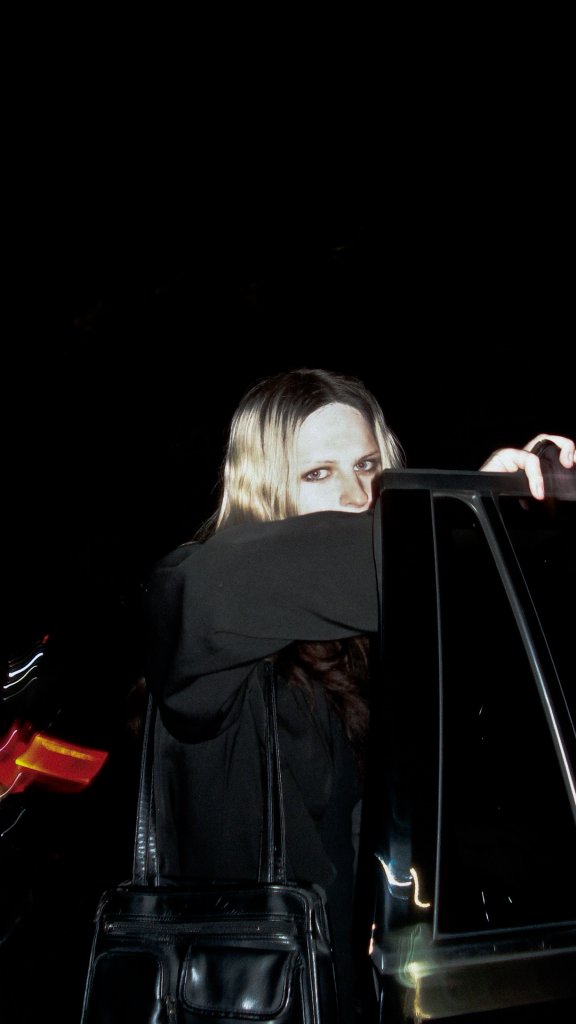
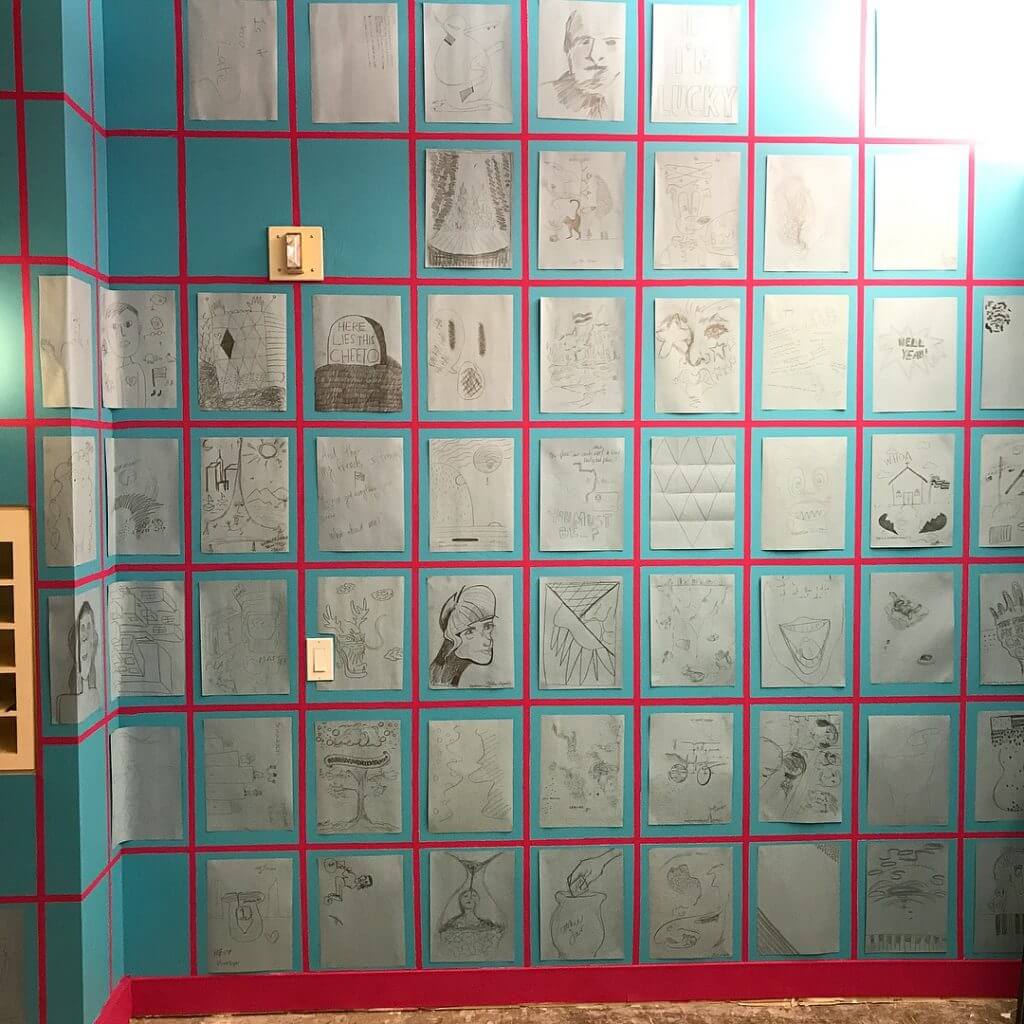

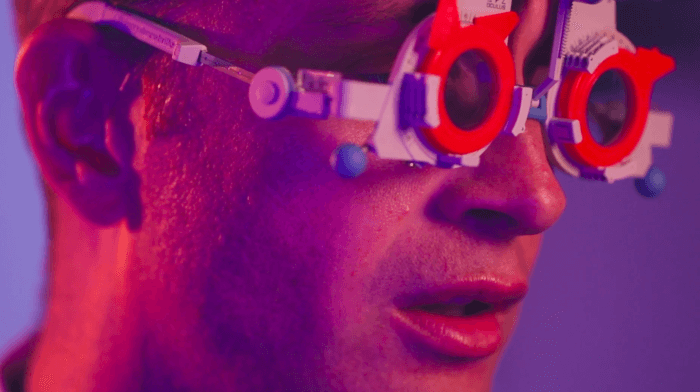

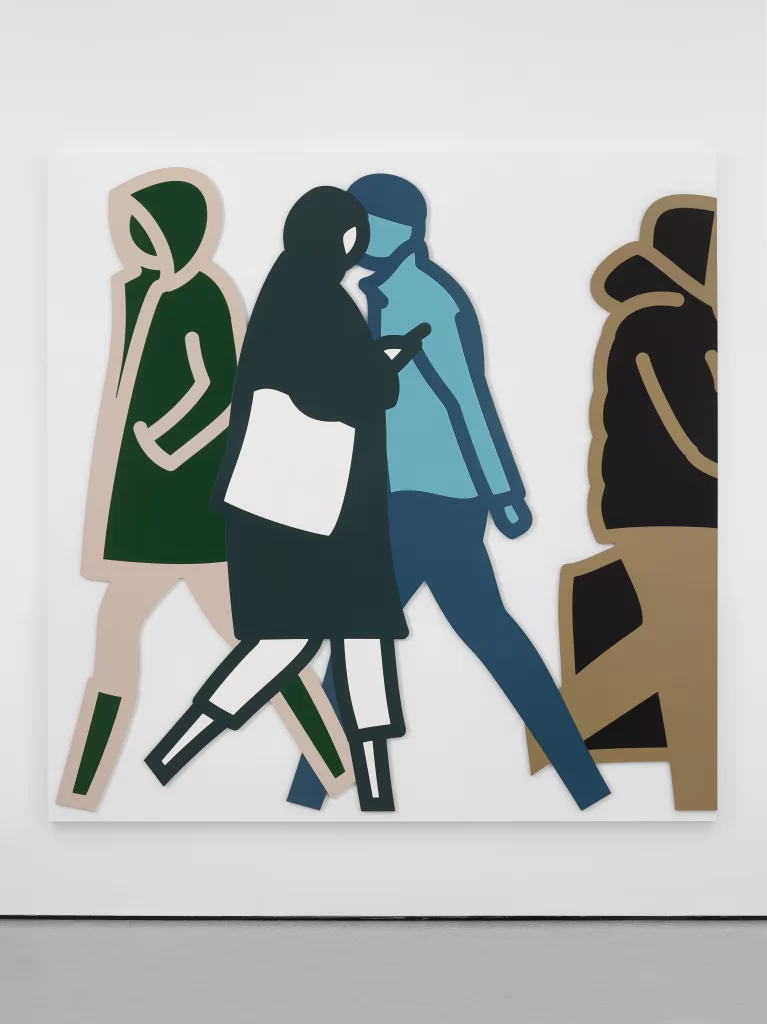

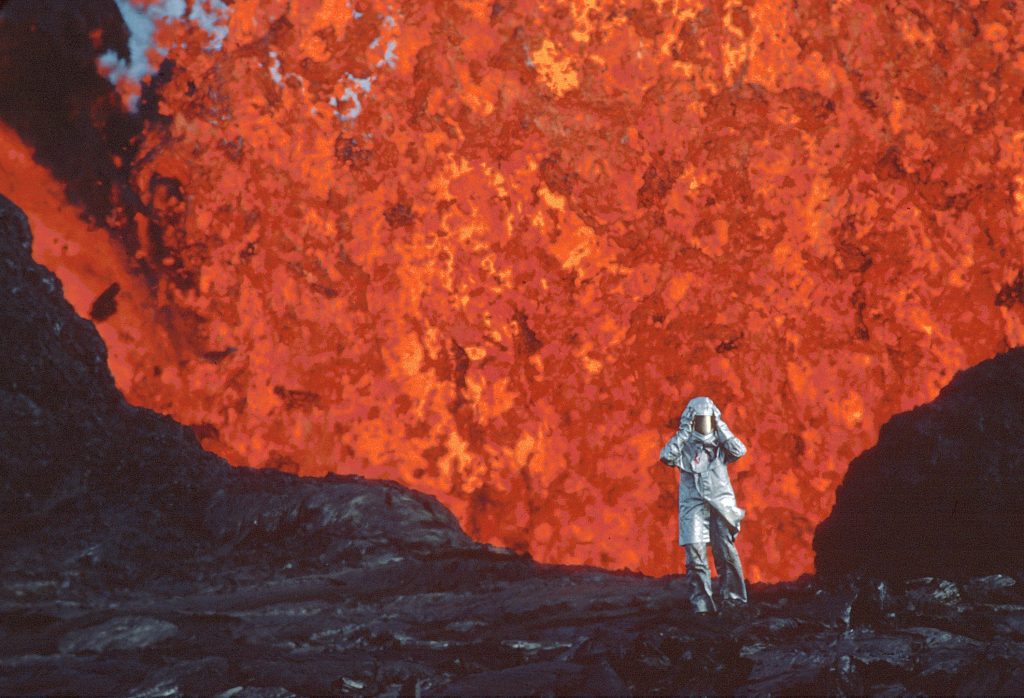

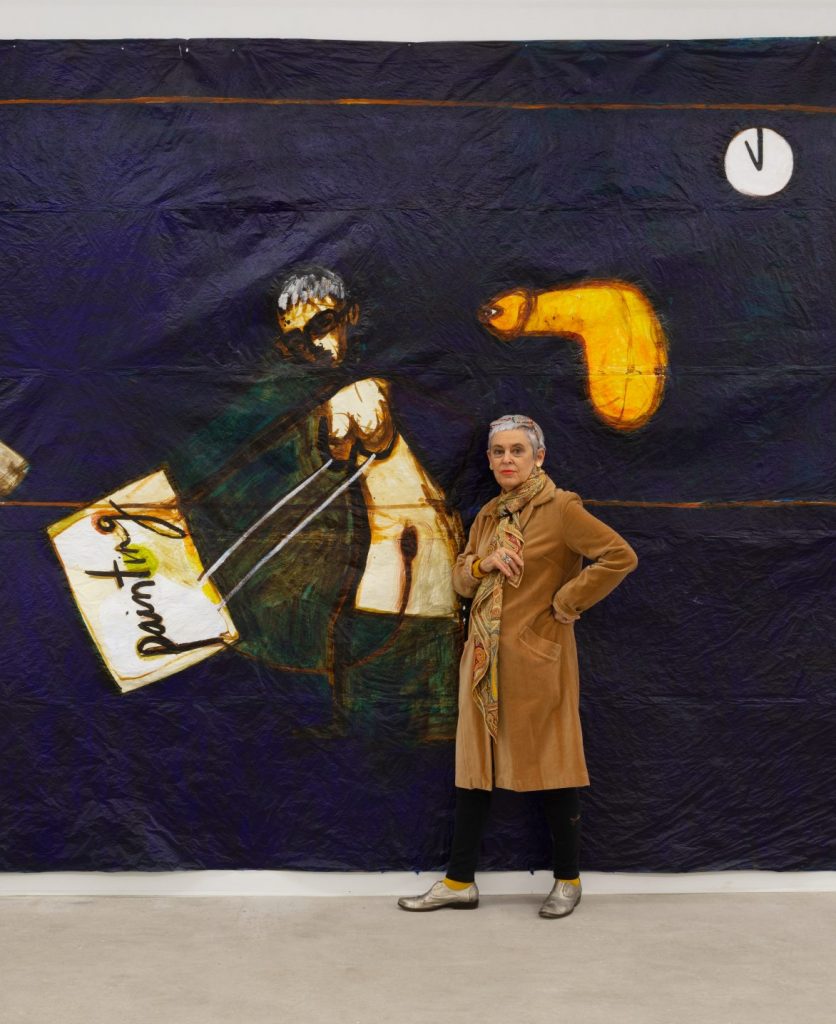
Responses